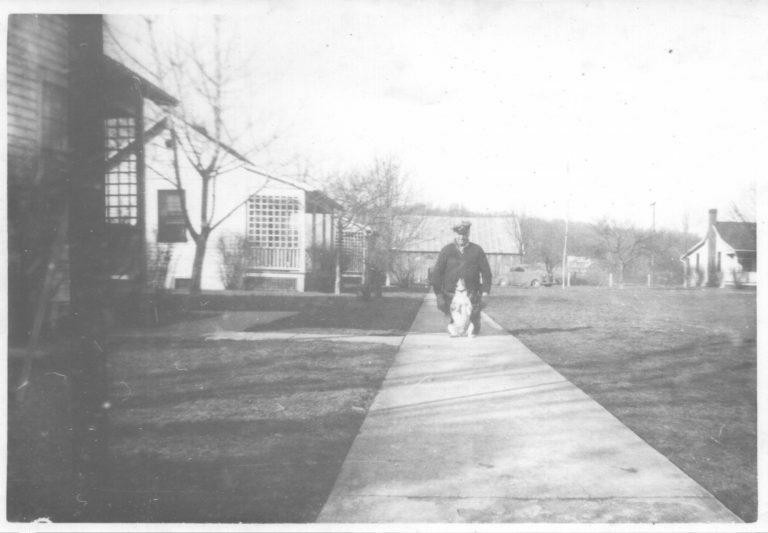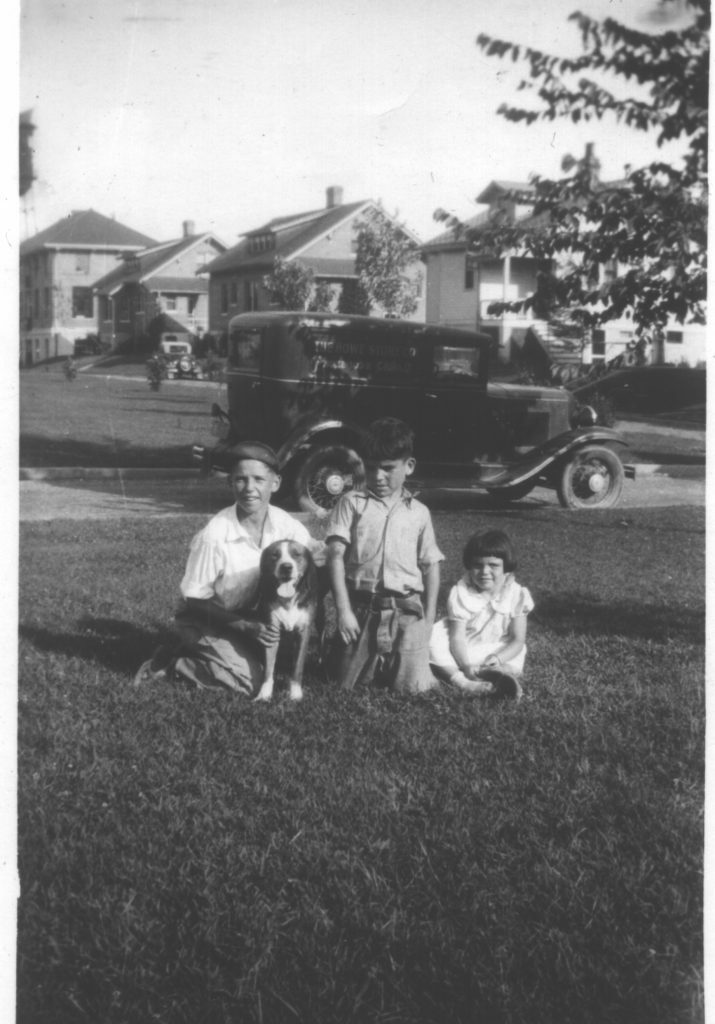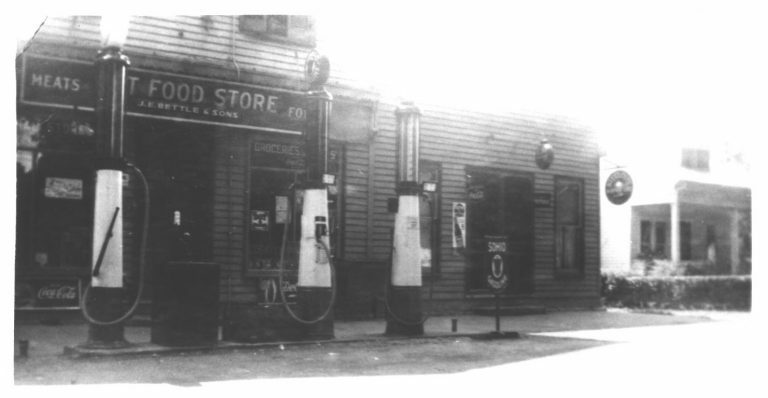Life at Lock 34

Life at Lock 34
by Ben Morrill, Visitor Center Site Manager
Today Lock 34 Park is known as a serene riverfront park in the Clermont Park District, but from 1925 to 1964, Lock 34 was home to a vibrant community, living and working along the Ohio River. On site housing for workers and their families helped create a tight knit community while the nearby town of Chilo offered opportunities to socialize and relax. Today, only one of the original homes remain, but the legacy of the Lock 34 community can still be seen.
In 1885, the United States Army Corp of Engineers began an ambitious project, damming the Ohio River. Prior to the construction of the Ohio River dams the river became impassable during warmer months as the water level dropped to two to three feet between July and October. Damming the river allowed for greater control over water levels, with the opportunity to maintain a steady depth of nine feet allowing for year round navigation and transportation. Starting in Pittsburgh, it took the Army Corp of Engineers forty five years to complete this project and when they were done fifty two dams stretching from Pittsburgh to southern Illinois dotted the Ohio River.

Construction on Lock 34 began after the First World War, finishing in 1925. In addition to the lock and powerhouse, the Army Corp built onsite housing for workers and their families. Four homes along the river bank in close proximity to the powerhouse were built for managers and their families, with the lockmaster’s home closest to the powerhouse and dam. Today only the assistant lock master’s home remains, while the steps of the former homes serve as reminders of what once stood there.
Today the site is occupied by a parking lot leading to the park’s boat ramp, but when Lock 34 was in operation four additional homes for employees stood there. Additionally, a small garage with several gas pumps once occupied the space where the Frisbee steamboat engine now stands. These vehicles would frequently be used to drive into nearby Chilo, then a bustling town of around 500 people.

The workers and residents of Lock 34 weathered the flood of 1937, which brought the Ohio River up to a record high of 73’ at Chilo, with water reaching the second floor of the powerhouse. But the community held together and when the flood waters receded they returned to their daily routines. The community at Lock 34 remained active until the modernization of dams along the Ohio forced the Army Corp of Engineers to decommission and close the outdated wicket dams, like Lock 34, in the late 1950s and early 1960s.
While the community that once thrived at Lock 34 is gone, you can still see the lasting impression they had on the area. From remnants of the former homes to household items and other artifacts in the museum, the legacy of the people who worked and lived at Lock 34 can still be seen. To learn more about Chilo Lock 34 and our other parks, follow us on Facebook, Twitter, and Instagram.

